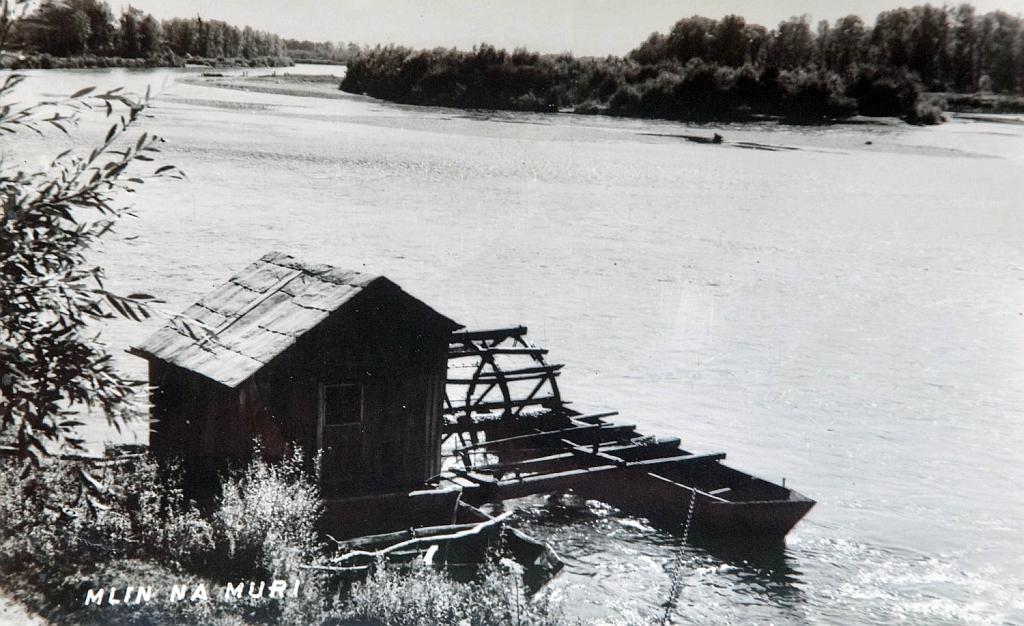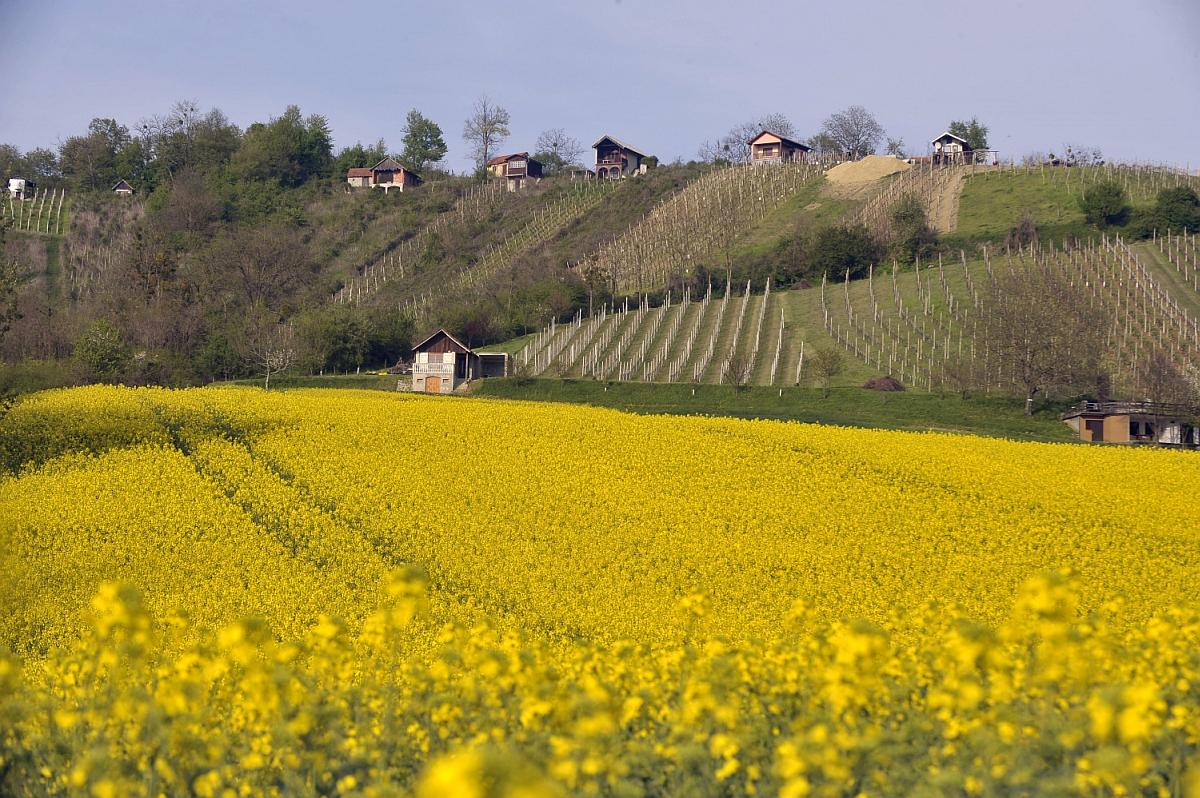

In a nation known for its mountains and valleys, Prekmurje stands apart. Consisting mostly of flatland as well as gentle hills to the north, the "land across the Mura" was once a part of Hungary and still feels unlike any other part of Slovenia.
The region’s Hungarian past lives on in the form of a vibrant Hungarian community. In the town of Lendava and surrounding villages, Hungarian is still used as a language of daily communication. There is even a public radio station that broadcasts solely in Hungarian.
The Roma people form another important community in Prekmurje. As is the case elsewhere in Europe, the relationship between the Roma and the majority population has not always been without problems, but the Prekmurje Roma tend to be better integrated than their counterparts in other parts of Slovenia. They even operate a Romani soccer team and a kindergarten, both of which have served as role models for Roma communities elsewhere in Europe.
The story of Prekmurje’s Jews had a sadder ending. Most members of the Jewish community came to the region in the 19th century. In Lendava, they were at the heart of the town’s cultural and commercial life. Most, however, perished in the Holocaust, while the survivors scattered around the world. Today, an old Jewish commentary is one of only a few reminders of the Jews’ once vibrant presence in the region.
Britons are the most recent addition to the ethnic mix of Prekmurje. Encouraged by low property prices and the scenic nature of the Goričko hill country, several families have made the region their full-time home. They even adopted a small pub and made it a popular meeting place for English speakers.
Many of the new arrivals decided to learn both standard Slovenian and the local Prekmurje dialect. The dialect, after all, is so different from the standard language than even native-born Slovenians often struggle to understand it. In fact, it was considered a separate written language before World War I. Various books were printed in Prekmurje Slovenian and, for some time, the language even had its own literary tradition.
If Prekmurje is defined as the land across the Mura, the wide, slow-moving river plays an important role in defining its cultural identity. For years, floating mills were a common sight on the Mura. They are rare nowadays, but one has been preserved as a one-of-a-kind museum. Visitors can also board a raft, which was used to transport goods and people across the river.
Even away from the Mura, the landscapes of Prekmurje are special. Pannonian-type houses with thatched roofs are rare these days, but storks’ nests are still so common that they have become one of the most recognizable symbols of the region. Thermal spas are just as famous. The largest, Moravske Toplice, was an unintended consequence of experimental oil drilling. Instead of crude oil, hot water bubbled to the surface and transformed a sleepy village into a thriving resort.
Prekmurje remains a region very different from the rest of the country. Even though most foreign visitors never get to see the land across the Mura, it plays a vital role in the patchwork of diverse and historic regions that make up modern Slovenia.


































































